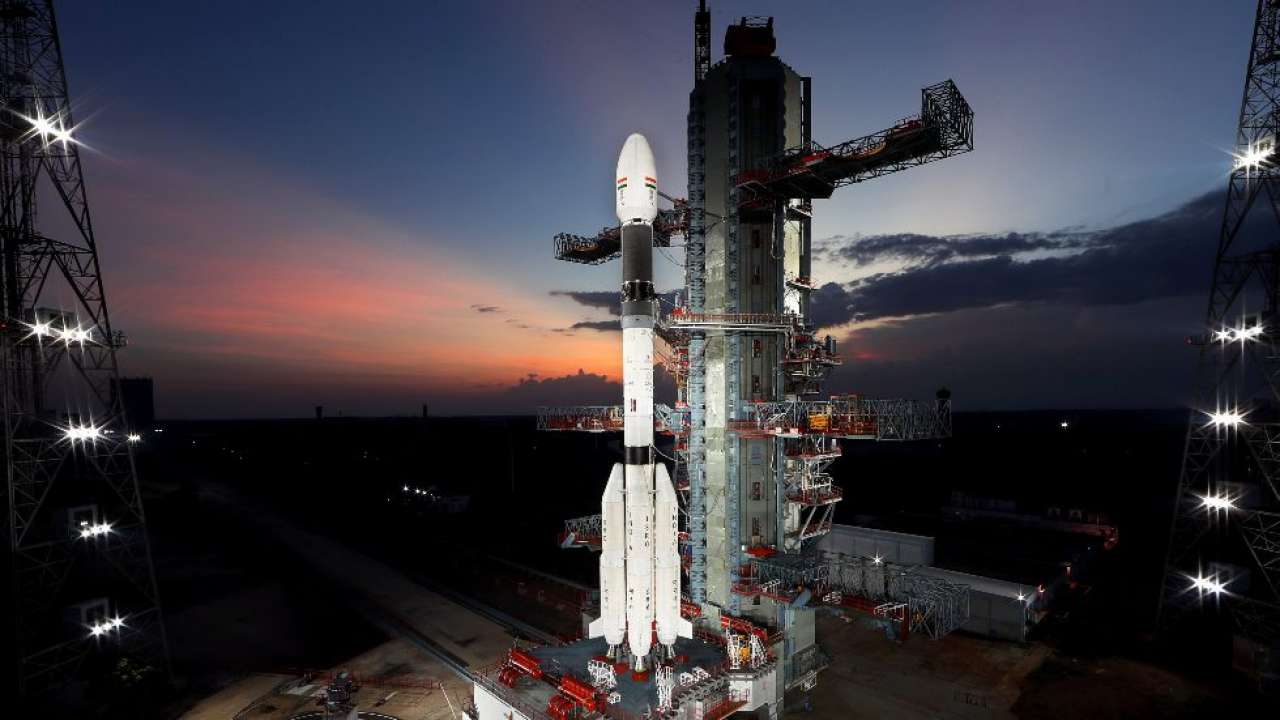
ISRO will launch the Earth observation satellite (EOS) GISAT-1 via the geosynchronous satellite launch vehicle (GSLV) from the Satish Dhawan Space Centre (SDSC) in Sriharikota, Andhra Pradesh, at 5:43 am on Thursday, August 12, 2021.
ISRO tweeted an image of the GSLV-F10 mission, which is stationed at the Sriharikota spaceport, with the caption officially announcing the launch.
Countdown for the launch of GSLV-F10/EOS-03 mission commenced today at 0343Hrs (IST) from Satish Dhawan Space Centre (SDSC) SHAR, Sriharikota#GSLVF10 #EOS03 #ISRO pic.twitter.com/ICzSfTHMBI
— ISRO (@isro) August 10, 2021
In a second tweet, ISRO also confirmed that the second stage of the GSLV-F10 has been completed. The agency has been notifying about launch updates in a series of tweets.
The GSLV-F10 mission carries the GISAT-1 geo-imaging satellite. It is expected to serve as India's "eye in the sky" once in orbit around the Earth, tracking sites of interest.
It will travel at the rate of rotation of the planet. According to officials, the geosynchronous satellite will also help India observe and manage natural disasters and other short-term incidents at a rapid pace.
The Union Minister of State in charge of the department of space, Jitendra Singh, revealed in the Lok Sabha earlier this week that the EOS-03 would be released on August 12. EOS-04 will be launched in the third quarter of 2021.
Agriculture, forestry, minerals, cloud characteristics, snow and glaciers, and oceanography will all benefit from the GISAT-1 satellite's spectrum profiles.
The geosynchronous satellite launch vehicle is on its fourteenth mission. However, the highly-anticipated launch ahead of Independence Day depends on the weather, according to the national space agency.
Using its onboard propulsion engine, the satellite will attain the ultimate geostationary orbit.